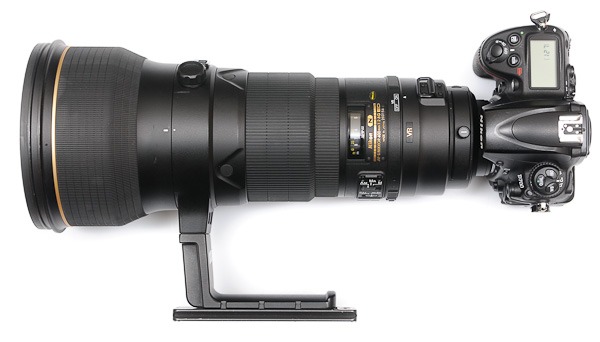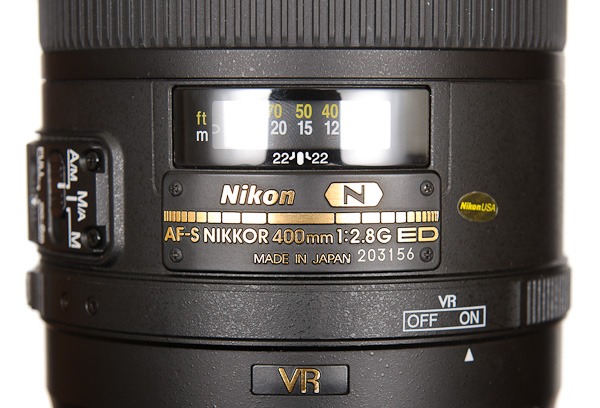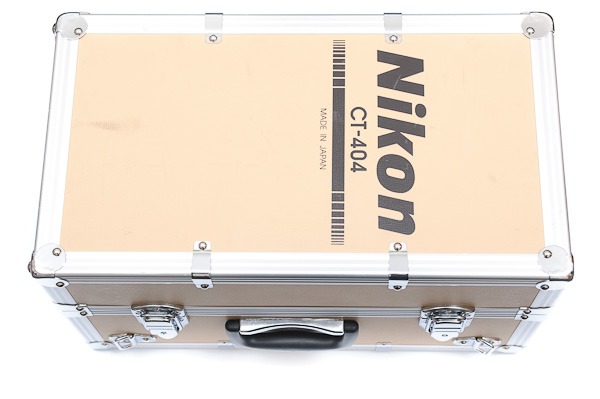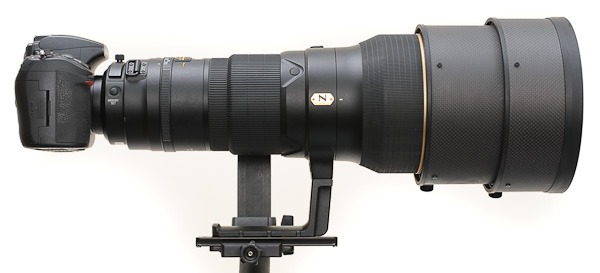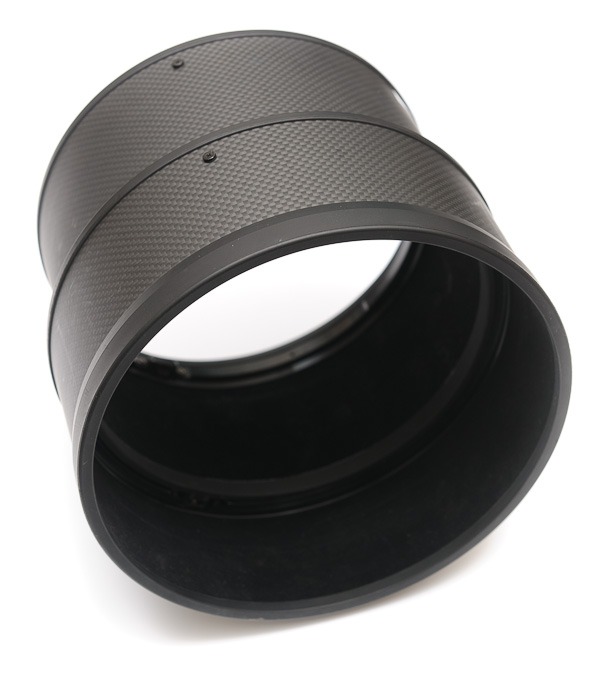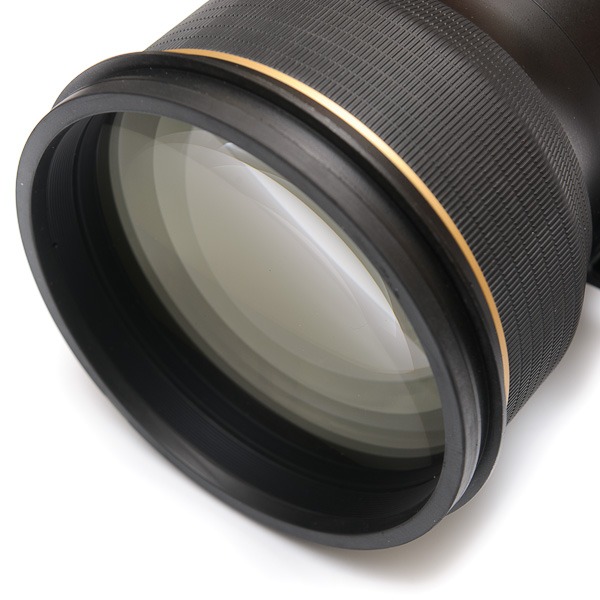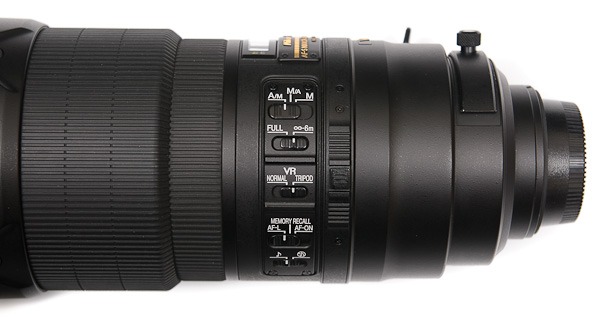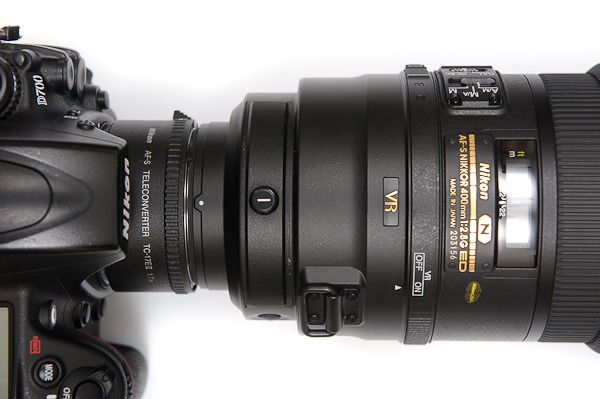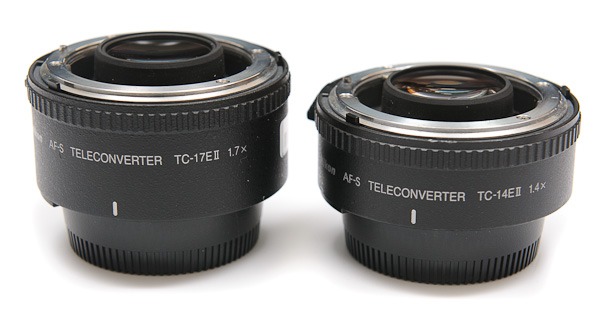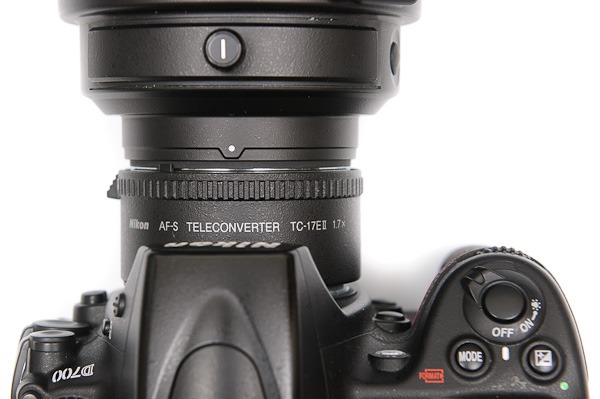So. You're a music photographer and you have a big, arena-busting concert to shoot with all the trimmings. The only problem? You're shooting from over 40-meters away. The solution? Go for a big gun like the Nikon 400mm f/2.8 VR II with lip-smacking Nano Crystal Coating goodness and tell that soundboard who's boss.
Here's my review of the new Nikon 400mm f/2.8 VR II from BorrowLenses.com.
Support These Reviews
If you find this review helpful, please consider buying your next photo gear purchase from B&H or Amazon.com, or consider renting your gear from my friends at BorrowLenses.com
To learn how you can help support www.ishootshows.com, visit the page Buy Yourself Something Nice for a list of all the affiliates that help make the content of this site free and flowing. Now with that out of the way, let’s get to the review.
400mm of Love
What's in the Case
The 400mm f/2.8 from BorrowLenses.com ships in a big hard-sided case that itself is packed very well padded in a cardboard shipping box with thick, 5cm padded foam surrounding the case.
Inside the case, the Nikon 400mm f/2.8 VR II ships with the following from BorrowLenses.com:
- Nikon 400mm f/2.8 VR II
- Nikon HK-33 Lens Hood
- Carrying Strap for Case
- Carrying Strap for Lens
- Compact Tripod Foot
- Keys for Case
Lens Design
The 400mm f/2.8 VR II is a large lens. It's nearly twice the length of a 70-200mm f/2.8 lens. With the suppled lens hood, the length of the lens gains about 50% for quite an imposing combination. It barely matters whether you use this lens on a camera like the Nikon D700 or Nikon D3 – any camera will be dwarfed by the size of this lens.
Nikon HK-33 Lens Hood
As previously mentioned, the lens hood for the HK-33 itself is quite massive. You can fit a Nikon D3 in it. The hood itself costs $500. If that price scares you, you already know why this is a lens that you rent and not buy.
Optics
The optics of the Nikon 400mm f/2.8 VR are practically impeccable. And for a $9,200 lens, it better be. Suffice to say, the optics of this super telephoto prime are so good that one can pair it with teleconverters without thinking. This isn't necessarily something you can say about even a very, very good zoom lens like the Nikon 70-200mm f/2.8 VR II.
I could shoot some test charts, but I'd rather just post the insane MTF chart for the Nikon 400mm f/2.8 VR II:
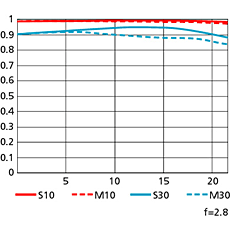
Most lenses display a fairly remarkable drop from the center of the lens to the edge of the frame, from left to right on the x-axis of the chart. Your “standard” professional lenses even show large differences between the center and the edge of the frame.
What the 400mm prime shows is practically a straight line for the lines indicating contrast (red) and resolution (blue). Or in other words, excellent and nearly flawless consistency across the entire frame at f/2.8.
Again, this is what $9,200 buys. Or renting from BorrowLenses.com gets you, anyway. The optics of the 400mmm f/2.8 include a few huge hunks of Nikon's ED (extra-low dispersion) glass that you'd expect at this price point, as well as Nikon's Nano Crystal Coating.
Needless to say, the optics of this lens are excellent.
Controls & Interface
The controls for the Nikon 400mm f/2.8 throw in a few more options than your average Nikon lens, but none that are terribly foreign.
Like most new Nikkor lenses, the 400mm features an focus switch for setting your AF/MF priority for setting the hierarchy of autofocus and manual focus.
Down from there, the lens features a focus limiter, which allows you to set a distance range you'd like to the lens to use – either full from infinity to 3-meters, or only from infinity to 6-meters.
The lens features a Vibration Reduction switch on a locking collar on the body, which makes any accidental changes pretty well impossible. In addition, one can set the VR mode between normal and tripod use.
As the lens also features AF memory buttons, the recall choices between AF-L and AF-ON are also available.
Pairing with Teleconverters
At a fast f/2.8 aperture, one big advantage over the Nikon 500mm f/4 is the flexibility of the Nikon 400mm f/2.8 VR to pair very nicely with teleconverters for more reach while still maintaining a relatively fast aperture.
Nikon 1.4x and 1.7x Teleconverters
For this rental from BorrowLenses.com, I choose to grab both the Nikon TC-14E II and Nikno TC-17E II teleconverters, just to make my own decisions about image quality and reach.
In my testing, I found that the 1.4x TC offered extremely good sharpness and a reasonably fast f/4 aperture for an effective 560mm focal length on the full-frame Nikon D3.
The Nikon 1.7x TC, on the other hand, delivers an effective 680mm of focal length when paired with the 400mm at an aperture of f/4.8 at maximum. While I found the image quality not quite as pristine as the impressive 1.4x TC, the benefit of additional reach made the choice a no-brainer when I was faced with my assignment of a soundboard shoot.
AF Performance With Teleconverters
In bright light, I found the AF performance of the 400mm with these teleconverters good. In lower light with low contrast, these teleconverters will affect AF performance. They're cutting a stop to a stop and a half of light from hitting the AF module, after all.
In terms of comparison, the 1.4x TC performs better for AF speed, as one would expect. The 1.7x is just a step behind – again, as you'd expect.
The only real pitfall for distance shoots is loosing track of your subject (by say, inadvertently hitting a background of an LED wall ). Due to the huge optics and very long focus throws on the Nikon 400mm f/2.8 VR, it takes a very long time for the lens to go through its range, so you do want to track your targets carefully.
Image Quality with the 1.7x Teleconverter
Overall, I found the image quality of the Nikon 400mm f/2.8 with the 1.7x TC pretty flawless. If anything in my use of this combo, it's user error and technique that are going to be the downfall of image quality, rather than any fault of the optics employed.
The Necessary Gimbal Head
One piece of gear that's practically essential with a lens as large as the Nikon 400mm f/2.8 VR? A good gimbal head. To this end, I rented the Wimberley Gimbal Head from BorrowLenses.com to use on assignment for Lil Wayne's big I Am Still Music Tour.
A gimbal head is a tripod head that is specially designed for use with super telephoto lenses that allow a large camera setup to balance more evenly around its center of gravity. Rather than force a lens to pivot on a base, which might allow a lens to tilt down, unbalance a tripod setup and topple over, a gimbal head features an arm that allows a lens to sit balanced for a much more stable setup.
The Wimberley Gimbal Head features two main adjustments – one for panning and one for tilting. Beyond that, there's a height adjuster that allows one to change the vertical placement of the lens on the vertical arm.
Using the Wimberley
I found the Wimberley Gimbal Head extremely easy to use, which in turn made use of the Nikon 400m f/2.8 VR as easy to use as possible. The gimbal head made panning and tracking with the super telephoto setup very easy. When used with a tripod, a gimbal head makes the use of even huge lenses essentially weightless.
Samples with the 400mm
Summary
If you need a big, huge supe telephoto, I can wholeheartedly recommend the Nikon 400mm f/2.8 VR II.
It's got the optics to shoot wide open without flinching and the speed to pair exceedingly well with teleconverters when 400mm just isn't enough. What these two attributes add up to is a really fantastic flexibility that's up for the rigors of any distance shoot. For concert photography and Lil Wayne's big I Am Still Music Tour, the Nikon 400mm f/2.8 VR II did a killer job.
When it comes to soundboard shoots in the future, I will not hesitate to go for this 400mm lens and the 1.7x TC.
Renting Lenses
Unless you have ten grand lying around, I enthusiastically recommend renting the Nikon 400mm f/2.8 VR or any other gear you need from BorrowLenses.com. They've got got gear in all the major systems, including Nikon, Canon, Sony, Pentax, Olympus and Leica, as well as lighting, video and audio equipment.
Rent photo gear from BorrowLenses.com
Buy Yourself Something Nice
Comments & Feedback? Let 'em rip.

